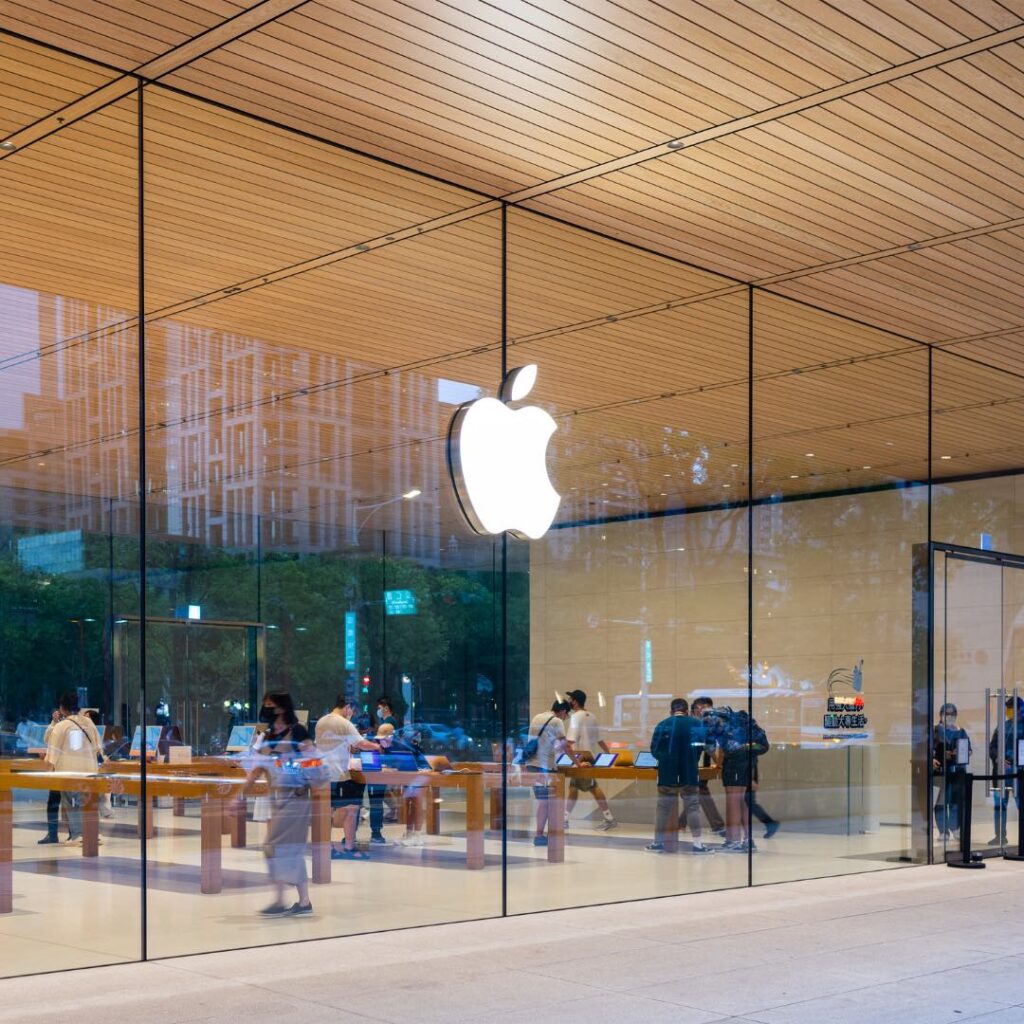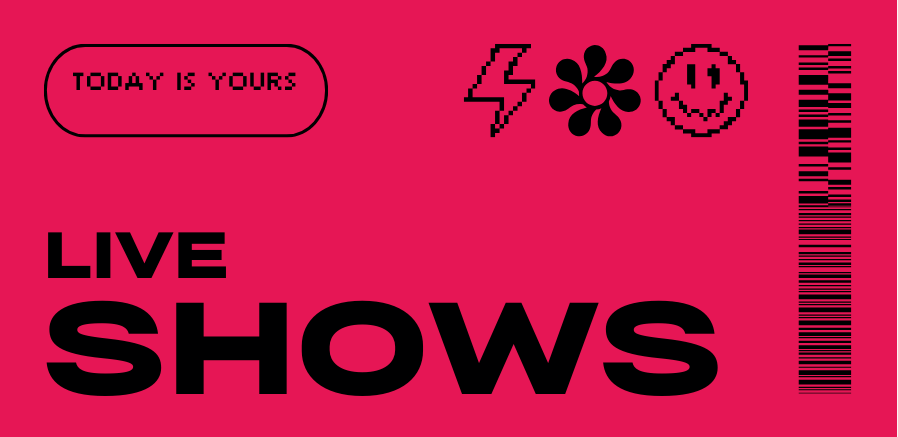[By Nate Flaks, published on April 13th 2024] – I never thought I’d have to defend Spotify. Let me be absolutely clear: I do not want to defend Spotify. I have only moderately benefited from the platform over the course of my career and I don’t necessarily owe them any sort of boot-licking loyalty. But right now I have a genuine concern that if artists don’t collectively understand the context of the current streaming landscape, our place in it, and the near-surgical approach we need to take to change it, then we risk cutting off our nose to spite our face. So let’s get into it.
Since its genesis in 2006, Spotify’s low royalty rates have been criticized, but even in those early days, that frustration may have been aimed at the wrong target. In 2008, the major labels Universal Music Group (UMG), Warner Music Group (WMG), Sony, EMI, and TenCent acquired shares of Spotify [1]. This ownership created a conflict of interest that incentivized labels to negotiate lower streaming rates on their artists’ behalf to assist Spotify’s profitability (UMG was sued for this in 2023) [2]. Could Spotify have rejected the label-investors on moral grounds? Regardless of where else Spotify could have received other investments, I don’t believe Spotify had the leverage in 2008 to negotiate a rate that wouldn’t quickly kill them. Not without giving the major labels a literal vested interest. Look no further than the current UMG/TikTok head-to-head to see what a disinterested label negotiation looks like.
Spotify hits the music streaming scene establishing a precedent of underpaying artists, but they wouldn’t be the only ones in the game for long. Apple Music, Amazon Music, TenCent, etc. enter the fray. Now, at the heart of this whole issue is the relative market share of the top music streaming platforms:
- Spotify: 30.5%
- Apple Music: 13.7%
- Amazon Music: 13.3%
- TenCent: 13.4% – (more popular outside of the US)
Four public companies own over 70% of the entire music streaming market [3], which generated $14.4B in 2023 [4]. If that’s not a monopoly, it is virtually an oligopoly [5]. But look closer: what is the main source of revenue for each company?
- Spotify: music streaming
- Apple: phones, tablets, computers
- Amazon: online retail, cloud services
- TenCent: social media, gaming
Spotify is the outlier here – they sink or swim solely on music streaming revenue. One could argue that for the other companies, their streaming platforms are a loss leader. A loss leader is a product sold at a loss to attract customers. Theoretically, this is what could, for example, drive the “free month of Apple Music” with purchase of an Apple-related product promotion. Apple can strategically take a loss on Apple Music because they generate more revenue selling their physical products, just as Amazon can bundle Amazon Music with their more lucrative Prime membership.
Spotify has a lot more risk and a lot less freedom when it comes to controlling the balance of revenue and royalties. Spotify is a publicly traded company: they need to be profitable or investors would jump ship en masse. And they can only make a profit from music streaming and ads. If they raised their subscription prices and Apple/Amazon didn’t, they’d be pushed out of the market. (On a similar note: Apple can also control how well Spotify functions on Apple devices and take a cut of Spotify’s App Store-related revenue, which is part of why the DOJ is currently suing Apple [6]).

I need to once again be very clear here.
I am not pro-Spotify.
I have my fair share of qualms. I question whether this vulnerability could have been avoided, whether going public was the best idea, and if they could’ve better addressed their optics. Likewise, I think this push for profitability has all but killed the short-term possibility of per-listen royalties around podcasts, since Spotify’s subtle pivot to dilute user listening with the royalty-less medium is a clear attempt at saving money on their haemorrhaging music budget. But the enemy of my enemy is my friend. I am not pro-Spotify, but I am strongly anti-Apple/Amazon. I’m so strongly against multi-trillion dollar monopoly megacorps that I’m willing to go to bat for the multi-billion dollar underdog.
What I’m desperately trying to express is that the death of Spotify isn’t going to help the music industry become a more equitable environment anymore than the death of Netflix will help your TikTok channel. The death of Spotify is only going to benefit the silver & bronze medalists (Apple & Amazon). Criticism singling out Spotify without addressing the clear imbalance of power held by its competitors is reckless at best. The infographics from United Musicians & Allied Workers (UMAW) in particular seem to miss this bigger picture so profoundly that if I were an executive at Apple or Amazon I’d send them a thank you card.
Some seem to think the solution is government intervention. In general, I absolutely think the US government should intervene and regulate so many aspects of the economy at this point. But I also think the government has a very hard time understanding music economics and isn’t terribly proactive in updating the rates they set. For example, the statutory rate for mechanical royalties was just updated in 2024 after remaining the same since 2008, and only after efforts from the NMPA and RIAA [7]. That doesn’t exactly inspire confidence, especially with how fast the landscape is changing.
UMAW originally ran a campaign around a “Penny Per Stream,” which aimed to set a per-stream rate across the board. As previously outlined, a per-stream rate across the board would disproportionately affect Spotify to the benefit of Apple and Amazon – who could functionally eat the additional royalty cost without raising subscription prices long enough to watch Spotify bleed out and take its market share.
UMAW has since pivoted to championing their “Living Wage For Musicians Act” which aims to enact “an additional subscription fee and 10% of non-subscription revenue…deposited directly into an Artist Compensation Royalty Fund, which is then distributed directly to both featured and non-featured artists by a non-profit administrator [8].” This is dangerously vague – first, there’s the constitutionality of requiring a company to charge an additional subscription fee. I can understand proposing an excise tax on selling music streaming products – like “Sin Taxes” on cigarettes – but I believe Apple/Amazon would sooner eat the “additional subscription fee” just long enough to, say it with me, watch Spotify bleed out.
Second, “10% of non-subscription revenue” is wild because it either means that artists should get a 10% cut of, say, any iPhone sold or it means specifically 10% of ad revenue, which would, again, disproportionately target Spotify. It’s misguided nonsense dressed up as altruism… and it has two congressional sponsors (Rashida Tlaib, D-MI/Jamaal Bowman, D-NY). Politically, I support both sponsors, but I do hope they’ll read this article before going all in on UMAW’s bill. Likewise, I hope UMAW can hear my frustrated criticism as an earnest plea to recognize that their proposed bill and the knee-jerk ire stoked by their social media may ultimately work against their own mission. I reached out to UMAW’s streaming subcommittee, but they explicitly declined to comment.
So how can Spotify improve their streaming royalty payout without going bankrupt?
In 2023 Spotify announced a new initiative to increase artist revenue by $1B over the next five years. They would do this by cracking down on bots, adjusting the royalty rate of “noise” tracks, and reallocating royalties for songs that receive under 1,000 streams (=~$3) a year [9]. When this was announced, I thought this was a really strong and fair economic strategy, using metrics & content awareness to drive a powerful policy… and of course, it was immediately met with backlash.
Thousands flooded comment sections to voice their frustration at the yearly streaming threshold. Many mistakenly said the reallocated royalties would go towards Spotify’s bottom line (an act that was litigiously corrected by Ferrick v. Spotify USA Inc.) [10]. It also didn’t help that shortly following this announcement, Spotify laid off 17% of its workforce [11]. Amidst all the noise, I realized that there was a collective misconception about what a streaming platform like Spotify was on a fundamental level. Impassioned artists were talking about Spotify like it was a record store, but I don’t think that’s correct. Music streaming platforms aren’t record stores, they’re hosting sites.
If I went to a website, I wouldn’t expect the site’s host to pay a royalty to the site owner. If anything, the website owner pays for their site to be hosted, whereas music streaming platforms host music for free. Even video streaming platforms like Netflix don’t pay residuals per play [12]. But whereas video streaming has control over what gets added to their platform, music streaming has an ingestion problem. Over 100,000 songs are uploaded a day [13]. That’s 36.5 million songs a year. While it’s free to upload a song (not including service fees charged by distributors), there is a non-zero cost to Spotify (et al.) to host these songs on their servers [14].
The tough love truth of the matter is that if streaming platforms were a record store and you were an artist getting less than 1,000 streams a year, they most likely wouldn’t stock your record. That “shelf space” costs more than the value your song is functionally providing for the platform. Additionally, Spotify isn’t just a passive host of songs; it’s often a discovery platform. Though TikTok has long since usurped Spotify’s dominance as a career-making discovery platform, Spotify’s curated & algorithmic playlists still give any artists a chance at astronomical growth. Apple/Amazon have yet to effectively invest in discovery tools to this extent. If Spotify is taking up to $3/song/year to give to the artists who are returning some degree of mutual value for their platform, I feel that’s a fair decision.
Any artist who is making a living from their music will tell you that every song release has had some form of promotional effort, often even a marketing budget, to push those songs past that 1,000-stream threshold. With 100,000 songs a day it’s nearly impossible for every song to be a winner. And if anyone can upload their audio with a click of a button, should every song published be considered artist “labor”? Even the Screen Actors Guild (SAG), one of the largest entertainment labor unions, has minimum employment requirements for membership eligibility [15].
Would it be fair to all the working artists who put money and effort into promoting their music to make $40M less a year because the hobbyists that just clicked upload and walked away feel owed less than $3 (which, as Spotify explained in their policy post [16], is often lost to distributor transfer fees anyway)? While maybe this wasn’t the solution we wanted, it’s the closest thing to a viable strategy Spotify may have.

But how could we change the streaming landscape to be better for artists overall?
The Music Modernization Act [17] was a fantastic step forward and it may still take some time to feel the full effect of its many positive consequences. That alone is reason enough to potentially wait on pushing further legislative efforts (see above). But I don’t like giving criticism without also sticking my neck out with a suggested solution. So here are three ideas:
- If we want the government to have skin in the music streaming game, why stop at having them set the royalty rates? What if the US government made their own streaming platform instead? This hypothetical platform would be virtually identical to the other platforms – a similar subscription fee, curated & algorithmic playlists, meaningful analytics, etc. – but since its operation costs would be covered (partially or fully) by taxpayer money, all subscription fees could theoretically go directly towards royalties. Maybe I’m only half serious, but think about it: if four public companies hold 70% of the market share, something needs to radically shake that up. Similar to how the Affordable Care Act was created with the intention of undercutting virtual oligopolies through a public health insurance option, a public music streaming platform could have a similar effect.
- Ideally, a more grounded approach for government involvement would be if they forced the megacorporations with over a 10% market share in music streaming (Amazon, Apple, TenCent, etc. [18]) to create separate spin-off companies to run their music streaming services – making Amazon Music and Apple Music autonomous companies. While this wouldn’t radically alter the oligopoly, it would at least level the playing field among the streaming platforms. If Amazon Music and Apple Music had to play by the same rules of sink or swim on streaming exclusively, it would eliminate the loss leader marketing tactics that artificially lowered the price of subscriptions and could pave the way for all platforms to unilaterally raise their subscription rates and royalty payouts. I’m not entirely sure how legally plausible this option is, but with the current DOJ monopoly crackdowns (forcing many mega-corporations to create spin-offs), it’s not entirely out of the question this could happen naturally.
These ideas are just a starting place for a conversation. This whole article is hopefully just a starting place for a new kind of conversation. For years the discourse and scrutiny has been directed squarely at Spotify, to the benefit of Apple & Amazon, and to the ultimate detriment of artists eking out a living from their real hard-earned streaming success. I want to make it clear that this isn’t a simple problem with simple sweeping solutions. Any idea that can be summarized in a punchy paragraph runs the risk of being recklessly broad. We stand at a pivotal point where the direction we aim our ire, support, and government representation can have lasting consequences that may ultimately go against our collective best interest.
You have to understand how much I don’t want to be against something called the “Living Wage For Musicians Act”. I don’t want to be disheartened by the support for a non-profit called the “United Musicians & Allied Workers”. I don’t want to define an artist class system, what constitutes “labor”, and determine with a line in the sand who deserves to lose $3/year and who deserves to receive it. And I certainly do not want to be defending, of all fucking companies, Spotify.
But this is where we are. And this is what we have to do.



